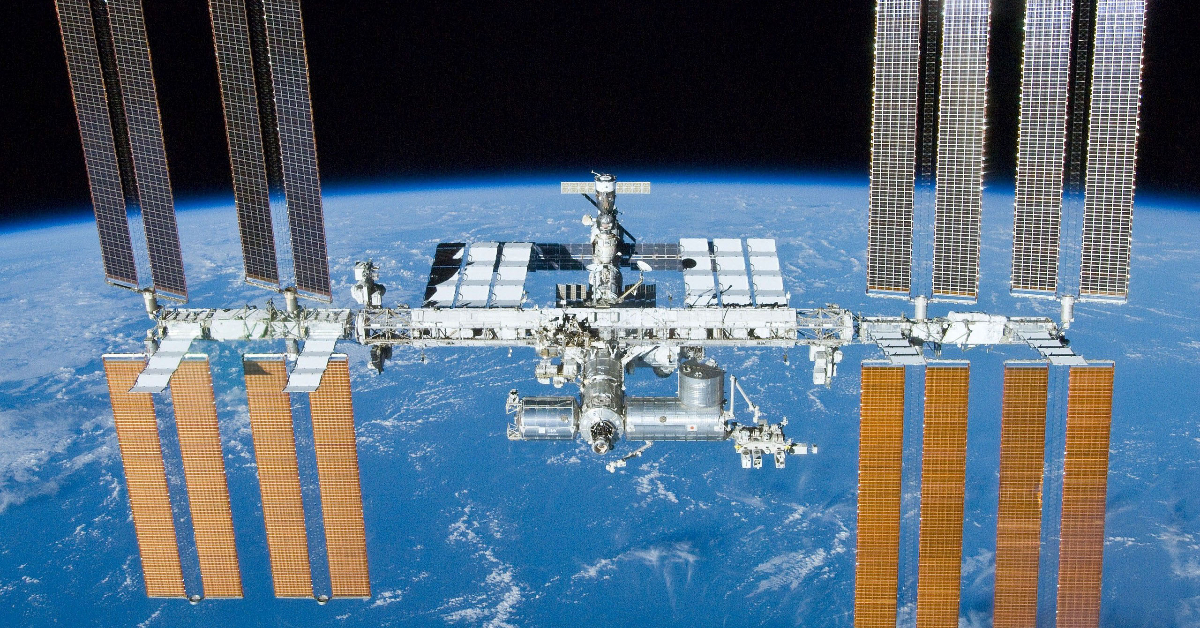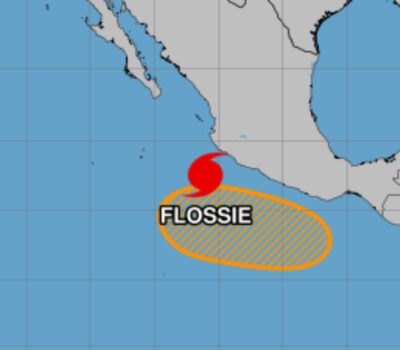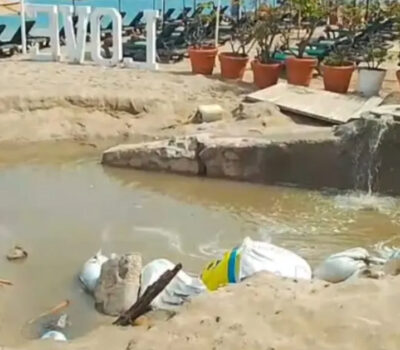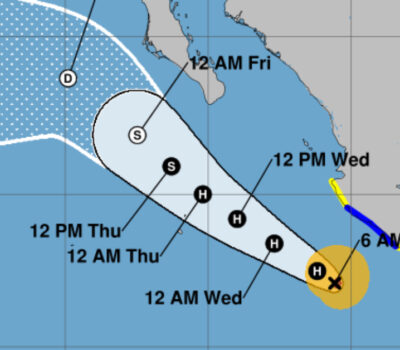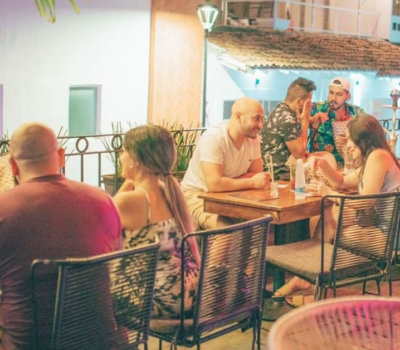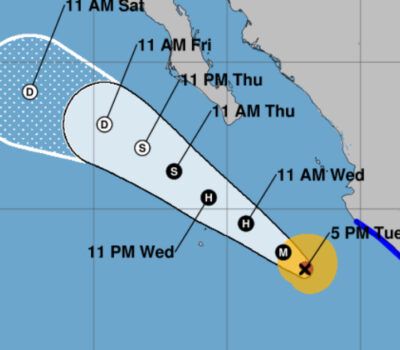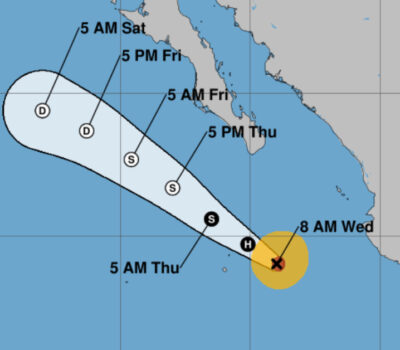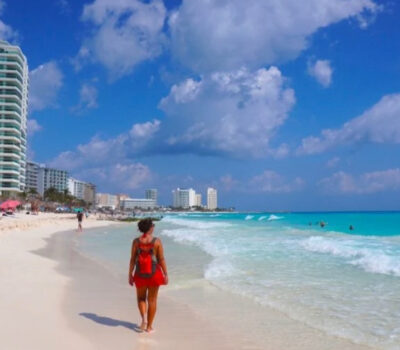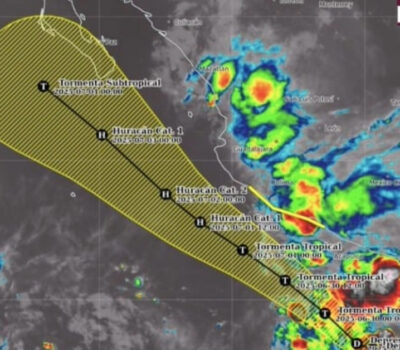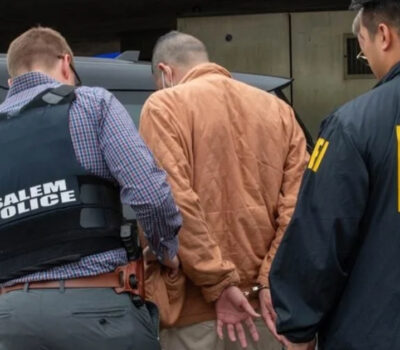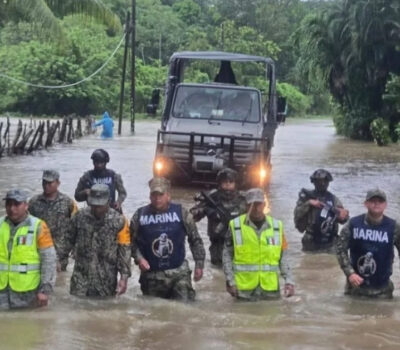Puerto Vallarta (PVDN) – People in Puerto Vallarta got a chance to see the Bay of Banderas from space, thanks to the International Space Station’s external cameras that share video as it orbits the earth.
Through their Twitter account, @ISSAboveYou, they shared a video of the space station orbiting above Puerto Vallarta and then passing through Tepic, Zacatecas, Salito, and Monterrey.
About the International Space Station
Just as the oceans opened up a new world for clipper ships and Yankee traders, space holds enormous potential for commerce today. The International Space Station (ISS) took 10 years and more than 30 missions to assemble. It is the result of unprecedented scientific and engineering collaboration among five space agencies representing 15 countries. The space station is approximately the size of a football field: a 460-ton, permanently crewed platform orbiting 250 miles above Earth. It is about four times as large as the Russian space station Mir and five times as large as the U.S. Skylab.
The idea of a space station was once science fiction, existing only in the imagination until it became clear in the 1940s that the construction of such a structure might be attainable by our nation. As the Space Age began in the 1950s, designs of “space planes” and stations dominated popular media. The first rudimentary station was created in 1969 by the linking of two Russian Soyuz vehicles in space, followed by other stations and developments in space technology until construction began on the ISS in 1998, aided by the first reusable spacecraft ever developed: the American shuttles.
NASA hits limits of space station utilization
NASA has effectively reached full utilization of the International Space Station given limitations on crew time and the ability to get cargo to and from the station, an agency official said on Jan. 30.
Speaking at a meeting of a National Academies committee working on the decadal survey for biological and physical sciences in space, Kirt Costello, NASA ISS chief scientist, said that the agency had reached the limits of its share of station resources to do research.
“As we get into this discussion of what is full utilization, I will tell you that I believe that we are already there,” he said. “We have maximized the capabilities of the station not only to do research but to sustain the utilization of resources we have.”
For much of the station’s history, the limitation for doing research on the station has been available crew time. However, he said that has become less of a problem after the introduction of commercial crew vehicles that allow NASA to support four astronauts on the U.S. segment of the station, rather than three, providing more crew time.
Getting cargo to and from the station has become a bigger issue. Costello said that is reflected in limitations in carrying large cargo in what is dubbed “Big Bags” larger than the standard cargo transfer bag, as well as “conditioned stowage” for materials like biological samples that require being kept in a freezer or cooler.
Cargo vehicles currently supporting the station don’t have room for more research payload, particularly those that require bulky Big Bags or conditioned stowage. “We are flying everything full,” he said, with the only question being whether a vehicle first reaches its maximum cargo volume or mass. “Either by mass or by volume, we fill those vehicles completely.”
The station itself is crowded, with Costello showing images in his presentation of “enhanced stowage” on the station, with cargo bags lining passageways in the station because there is no other place in station modules to place them. That also affects utilization.
“To get at equipment for research, for some of our investigations, the crew has to wade through this stowage and find the right bags,” he said. “We’re currently seeing enhanced amounts of crew time being added to crew activities just to retrieve stowage.”
Costello said that NASA is counting on the introduction of new vehicles to help, including the first flights of Sierra Space’s Dream Chaser cargo vehicle and Japan’s HTV-X, an upgraded version of its HTV cargo vehicle, as well as Boeing’s CST-100 Starliner commercial crew vehicle. “We’re waiting on three new vehicles to be able to provide us that same crew and cargo servicing capabilities that we’ve seen over the last three and a half years.”
If NASA wants to increase utilization, he said the agency and its researchers will need to rethink their approaches. That includes doing more analysis on the station itself, rather than sending samples down to Earth for study. That is particularly important, he said, since there is far less capability to send cargo down to Earth than to transport cargo up to the station.
He also said researchers need to minimize “round-trip iterations” where research equipment is sent up to the station, then returned and modified for a future mission to the station. “In other words, don’t fly a great big item and then have to return it to do your next experiment,” he said. “If we can minimize those Big Bag accommodations needing to fly up and down and then back up again, we can help everyone out.”
The study, he noted, addressed only the resources for NASA’s share of ISS resources. Half of the U.S. segment is allocated to the ISS National Laboratory, run by CASIS. Costello said a study is ongoing looking at national laboratory resource utilization.
Puerto Vallarta (PVDN) - People in Puerto Vallarta got a chance to see the Bay of Banderas from space, thanks to the International Space Station . . .

